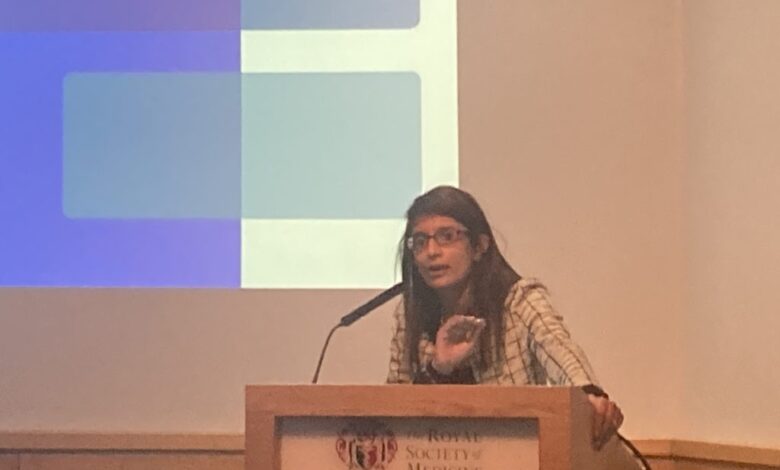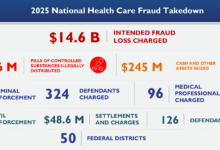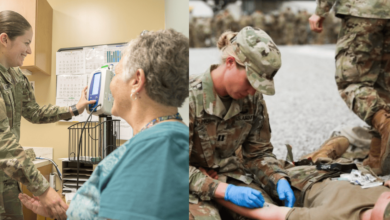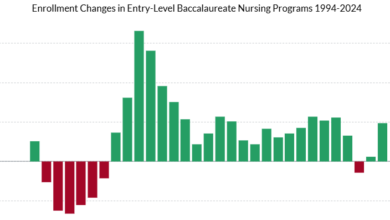Workforce shortages a ‘critical challenge’ for CAMHS

More nurses will be needed to help close a mental health “treatment gap” facing children and young people, a leading NHS figure has said.
Professor Prathiba Chitsabesan, national clinical director for children and young people’s mental health at NHS England, spoke at The Royal Society of Medicine’s conference on suicide among children and young people, held yesterday.
“I cannot see, moving forwards, CAMHS services sitting completely separately”
Prathiba Chitsabesan
She told attendees – which included medics, nurses, allied health professionals and those impacted by child suicide – about the current challenges facing child and adolescent mental health services (CAMHS) and what changes NHS England was beginning to implement.
Professor Chitsabesan referred to the link between mental health difficulties, self-harm and suicide, and said the needs of children and young people in this area were “increasing really rapidly”.
She quoted new figures which showed mental health needs had increased from 12.5% of the eight-16-year-old population in 2017 to 20% this year, and 23% for 17-19-year-olds.
Workforce shortages was one of two “critical challenges” for NHS England in this field, said Professor Chitsabesan.
She pointed to high vacancy rates for all mental health clinical staff, with the greatest gaps being seen in nursing.
“I think our workforce across public sector services is the biggest asset we have, and yet some of the biggest challenges we have, whether that’s in education, health or social care,” she said.
“And that’s where I think we have got to put more of our emphasis and effort: recruitment, retention, staff wellbeing, working through integrated models of care to increase the skills of wider children’s services as well.”
Professor Chitsabesan referred to a mental health “treatment gap” as the other major challenge, with demand for care outstripping capacity.
As well as more resources, she suggested that a new CAMHS model would be needed based around greater integration with schools and other child services.
“Unfortunately, the rates of mental health needs and young people is rising too quickly,” she said.
“Without a doubt, we will need more resources to close that treatment gap. What is also clear is that we’re going to have to use the resources we have fundamentally different.
“I cannot see, moving forwards, CAMHS services sitting completely separately.
“The emphasis is increasingly going to be integration, co-commissioning, co-delivery, partnering with education and childcare sectors, thinking about the role of digital and other resources.”
Alongside increased integration of services, Professor Chitsabesan said care would need to modernise, pressing the need for digital technology to be embraced, both in practice but also in the monitoring of suicide risk.
In addition, she said the impact of social media should be a part of mental health training for nurses and other health professionals.
“I think this has got to be part of our routine assessment, being curious about the way that young people use the internet and social media and to know how to reduce risk,” she said.
Professor Chitsabesan said some progress had been made in recent years, citing a 46% increase in the children’s mental health workforce since 2019, but “significant challenges” remained.
She highlighted strategies that were being implemented and that included actions to further improve support for children and young people’s mental health.
These included the Five Year Forward View for Mental Health, the NHS Long Term Plan and the Suicide Prevention Strategy for England: 2023-28.







